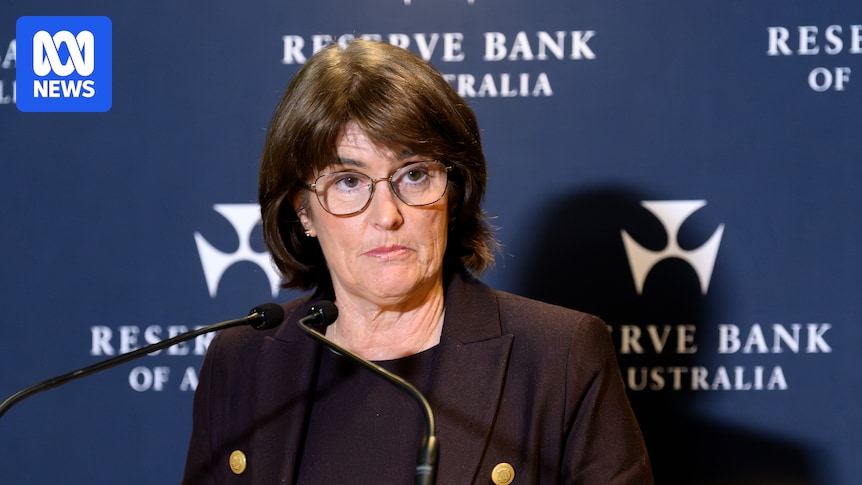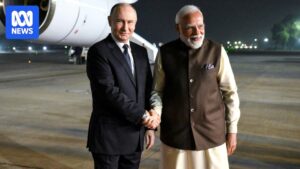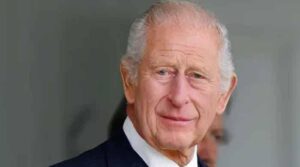
The Reserve Bank of Australia (RBA) has decided to keep interest rates unchanged at 3.6% during its September meeting, following a reduction at the previous meeting in August. This decision comes after the RBA lowered interest rates three times this year, starting from a high of 4.35% before February’s board meeting. The move reflects the central bank’s cautious stance amid rising inflation concerns and a recovering economy.
According to Graham Cooke, head of consumer research at Finder, this means that most mortgage borrowers with variable loans should now be experiencing interest rates of 5.5% or less. The RBA’s decision aligns with its strategy to balance economic growth with inflation control, as recent monthly data showed inflation at 3%, higher than economists had anticipated.
RBA’s Cautious Approach Amid Economic Upswing
The announcement comes as the RBA navigates a “cyclical upswing” in Australia’s economy, as described by the bank’s chief economist, Sarah Hunter, during a recent parliamentary committee session. Despite the uptick, the RBA remains wary of inflationary pressures, particularly in the services sector.
In a post-meeting press conference, RBA Governor Michele Bullock emphasized the bank’s cautious approach, stating, “Market services and housing inflation were a little higher than we were expecting.” The RBA’s Monetary Policy Board echoed this sentiment in its statement, highlighting the need to maintain the current cash rate due to persistent inflation signs and stable labor market conditions.
“With signs that private demand is recovering, indications that inflation may be persistent in some areas and labour market conditions overall remaining stable, the board decided that it was appropriate to maintain the cash rate at its current level at this meeting,” the statement noted.
The RBA’s cautious stance is further underscored by the recent release of August private sector credit figures, which showed a 7.2% annual growth in loan activity. Economists from JP Morgan, Tom Ryan and Ben Jarman, noted that this is the fastest rate of lending growth since the global financial crisis, excluding the pandemic boom.
Market Speculation on Future Rate Cuts
Meanwhile, financial markets are adjusting their expectations regarding future rate cuts. Initially, there was a 50-50 chance of a rate cut in November, but this has now dropped to about 35% following the RBA’s latest decision and comments. Governor Bullock reiterated the board’s data-dependent approach, stating, “We don’t really know where everything is in balance at the moment. We think we’re close, but we don’t know.”
Despite the market’s revised expectations, some analysts still believe there is room for further rate cuts. Abhijit Surya from Capital Economics argues that the economy, while showing signs of recovery, is not yet operating at full capacity. “Despite the nascent rebound in household consumption, the economy is hardly firing on all cylinders,” Surya noted.
“All told, we’re sticking to our view that the RBA will eventually cut rates to 3.1% this cycle, below the [around] 3.3% terminal rate priced into markets,” Surya said.
Implications and Future Outlook
The decision to hold rates steady reflects the RBA’s commitment to a balanced economic recovery. As private consumption picks up and financial conditions ease, the central bank remains vigilant against potential inflationary pressures. The RBA’s cautious approach suggests that any future rate cuts will be carefully considered, with a focus on maintaining economic stability.
Looking ahead, the RBA will continue to monitor economic indicators closely, adjusting its monetary policy as necessary to support sustainable growth. Financial markets and analysts will be watching closely for any signals of change in the RBA’s approach, particularly as new economic data becomes available.
As Australia navigates this period of economic transition, the RBA’s decisions will play a crucial role in shaping the country’s financial landscape, influencing everything from mortgage rates to business investments.






